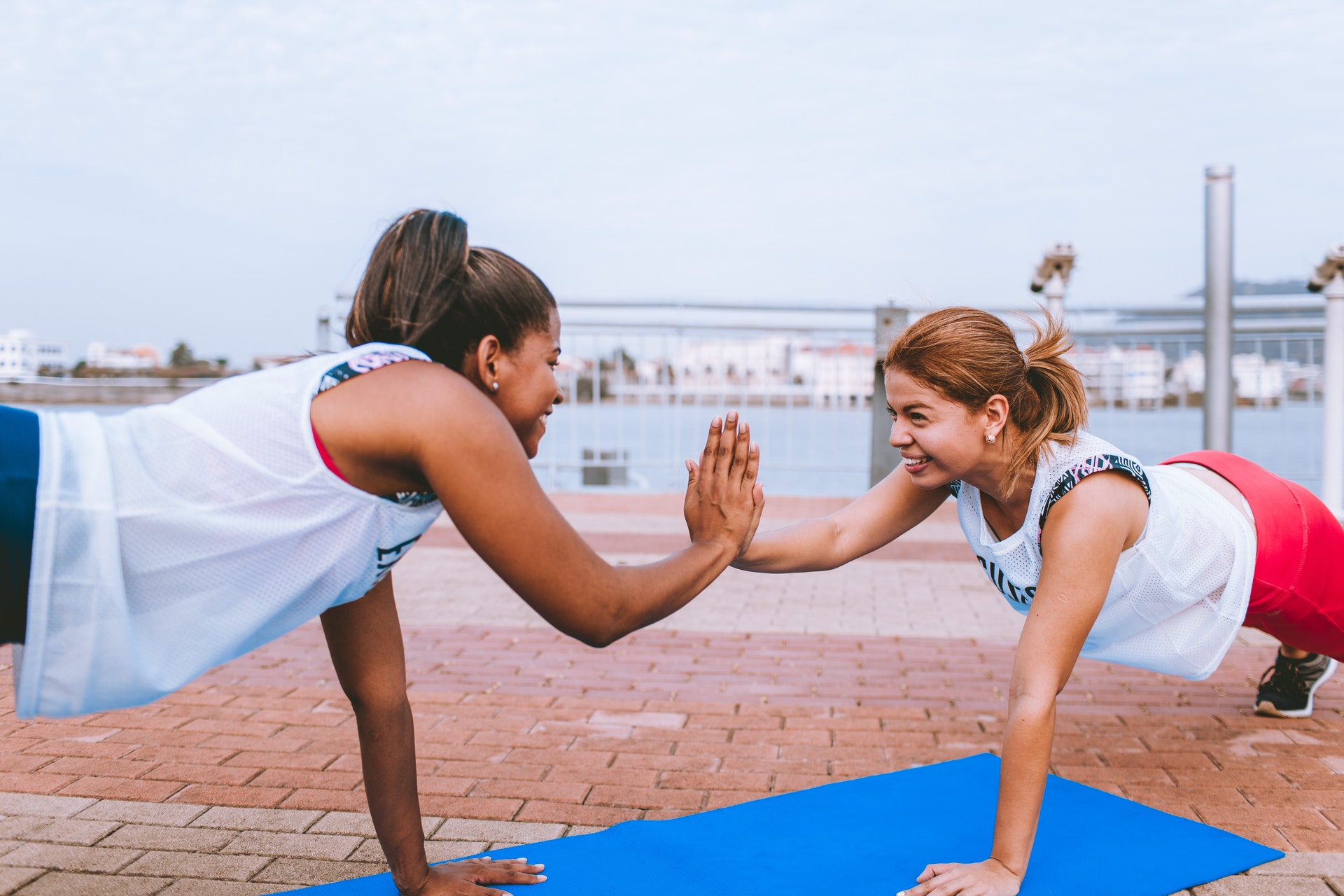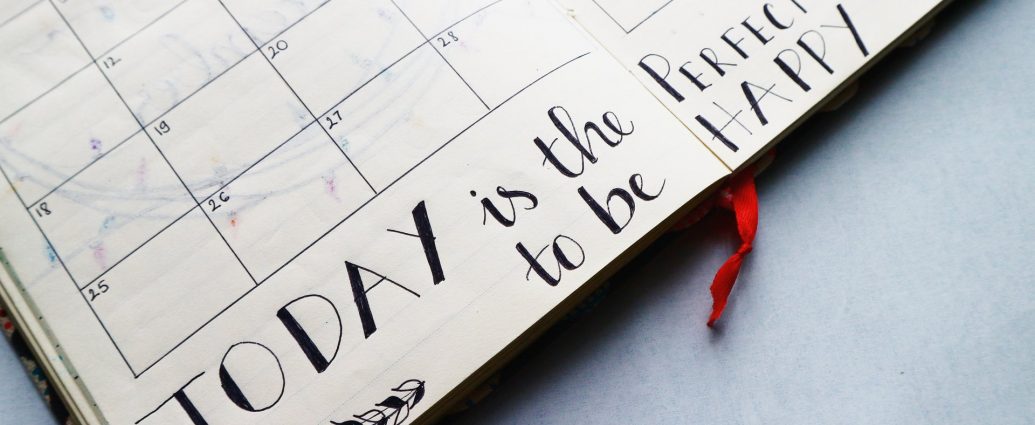In my last blog post, I mentioned how I would be doing a 30-day trial of reading every day. I first learned about 30-day trials or 30-day challenges from Steve Pavlina’s blog. He uses this method whenever he wants to try incorporating a new habit into his life. It seemed to work well for him, so I’ve tried a few 30-day challenges myself. Most of the time, it didn’t go as well as planned. But recently, I’ve been more consistent with maintaining habits, even if they’re not every day. And one time, before I restarted my blog this month, I went 30 days or so of writing a blog post every day. I didn’t do it intentionally. It just so happened that I felt inspired to write for more than a few days, and then I thought, “Hmm, what would happen if I kept this up for at least 30 days straight?” So then, I just continued writing for 30 days. It showed me that I could stick to a habit if I simplified it. So, here are some ideas I’ll be using to stick to my 30-day trial in November, which is to read 20 pages of a book per day.
1. Make it easy, especially if you’re new to this.
If you’re an expert, you might not have to do this. Some experts thrive at challenging themselves to do more. But for beginners such as myself, it’s best to stick to something that’s easy to do. For example, if you want to be physically active for 30 days, try walking for 10 minutes. If that seems too easy, you can of course increase it to however long you’d like. But the point is, make it easy for yourself. Don’t push yourself to do more if it seems challenging. I get that it’s a 30-day “challenge”, but the way I think about it is you’re trying to make change and see how that affects you. If you jump straight to a 1-hour run every morning at 5AM, and you haven’t worked out a day in your life, then you’re just going to dissuade yourself from ever trying it again in the future.
Eventually as you succeed in completing 30-day trials, you might be able to challenge yourself more. But in the beginning, it’s important that you make it easy enough for yourself to at least get through it.
Remember that you’re simply setting a minimum. You can always go above and beyond on the days you feel like it. For example, if your goal is to do 10 push-ups a day, maybe the first time you’ll do 2 sets of 5 push-ups. And then a week in, you might feel inspired to do 4 sets of 5 push-ups. But maybe the following week, you’re feeling more tired than usual. That’s okay. Just go back to doing 10 push-ups, whether they’re all at once or in sets.
If you’re not sure what to set your goal as because you don’t know how much you can do, try testing yourself one day before starting the actual trial. Personally for myself, I’ve been able to finish reading a chapter of a book whenever I would read in the evenings. I estimate that to be 15-20 pages or even longer. And then, I looked at the specific book I planned to read. If I were to read fast, I could get through a page in 30 seconds. At most, it would take a minute. So, I estimated that it would take me anywhere from 10 to 20 minutes to finish reading the 20 pages. Even if it took longer than that, I doubt it’d take any longer than 30 minutes. Since I’ve successfully read for 20-30 minutes at a time in the past, I thought 20 pages was an attainable goal for me.
The other thing you can do is if you’re still not sure, plan to adjust in the beginning. If I find that I can’t focus through reading 20 pages, I could lower it to 15 pages, or even 10 pages. It will still help me build the habit of reading every day. And eventually, I can increase the amount over time, whether it’s during the 30-day trial or beyond it. With any skill, you have to practice it regularly to be able to do more of it.
Also, don’t get stuck in the idea that if you’re doing a small amount, it won’t be enough to really affect your life. For example, 10 minutes of walking per day might not seem like much. But remember, you’re building a habit. 10 minutes is better than nothing. 10 minutes a day is more than an hour a week, is 5 hours in 30 days. And if you can get to 10 minutes a day, eventually you can build that up to 15 minutes, 20 minutes, 30 minutes, even 60 minutes a day. It’s a stepping stone, and it helps build your momentum. Never underestimate building small habits. It’s easier to build up from there.
2. Set up a system to track your progress.
Some habits have built-in measures to track your progress. For example, if your goal is to write a blog post every day for 30 days, you can clearly see the published dates on your website. But for other habits, you may have to set up a system to measure your progress.
One easy way to do this is to create a spreadsheet. You don’t need Excel if you don’t have it. You can use Numbers on Mac, or Google spreadsheets, or any open-source program that has a spreadsheet feature. If you want to cut technology out, you could create your own handwritten chart. Stick it somewhere convenient, like your fridge for tracking eating habits for example.
The reason it’s important to track your progress is because it can help you tweak future 30-day trials, or even help you in restarting a 30-day trial in case you fail. Plus, you can see how much you’ve achieved and take note of any benefits. For example, let’s say your goal is to adopt a vegan diet for 30 days. You could note the foods you’re eating, maybe how many calories you’re consuming, whatever information seems important to you. If after one week, you give up and eat animal products again, you can look back and see what went wrong. Maybe your energy dipped, or your mood was off one day. If you keep track of it, you can try researching more into it and seeing what possible solutions could help you in the future. Maybe your body needed more carbs and you were depriving it. Or maybe, you went from eating junk foods every day to no junk foods, and that was just too drastic of a change for you. The more information you record, the easier it is to draw conclusions from it and adjust for the future.
Even if you succeed at a trial, it’s good to know how it affected you. If you set a goal to wake up at 6AM every day, you might notice that you were cranky the first few days. But eventually, you might feel relaxed. Or maybe your mood suffered throughout the entire trial. You might still want to wake up early, but without feeling upset in the morning. Then you could search on the web to see how other people deal with feeling in a bad mood in the morning. Some people might suggest taking a warm shower, or meditating with scented candles, or going for a short walk. And then, you could note these activities and see how they affect your mood.
Even if you don’t want to use a spreadsheet or a chart, you could journal, blog, or jot down a few notes each day. For example, I don’t do time-logging, but every evening I write down one thing that I did that day that I consider to be beneficial or that put me in a good mood. It helps me to see how similar some of my days are, or if one particular event stood out to me, or even inspires me to try new things each day.
Of course, you could also just track your progress mentally. But, it’s much nicer to have it written out. You can always refer back to it. And, you have more of a basis for what you’ve concluded. Plus, if you ever want to share it with others or compare it to future trials, you can.
3. Give yourself time to set up a system that will clearly define a success vs. a failure.
I’d say it’s best not to dive straight into a 30-day trial just when you think of it. It’s best to think of the nuances in the challenge. If you plan on recording YouTube videos that month, how many videos will you create, one per day? And will you upload them every day too, or give yourself time to edit? Will you just choose two you like each week and upload on a Saturday and a Tuesday? How long do the videos have to be? You have to plan out all the details ahead of time. If you dive head-first into the trial without any planning, you’ll make it more difficult for yourself. Did that day really count as a success? Without clear rules, it’s hard to tell.
For myself, I plan to read every day at 9:00 PM. I chose that specific time because I want to engage myself in some activity before going to sleep. It’s the time when I’m most likely not to be doing anything important. Also, I try to avoid sleeping too early. Sometimes when I have nothing in particular to do, I have a tendency of going to bed early. I don’t wake up any earlier, so there’s no point. I feel better if I sleep at 10:00 PM or later. So, 9:00 PM seemed like the ideal time for me.
Also, do what you set out to do. If you say you’re going to do 20 push-ups, actually do 20 push-ups. It doesn’t count if you miss even one. If you’re worried you’re going to fail, set a lower goal. Maybe 20 is a push, but 10 doesn’t feel so much of a struggle. Either way, you have to make sure you follow through all the way.
4. Allow yourself a little flexibility if needed.
Will I still consider it a success if I read in the morning instead of later in the evening? I will. I’ll take note of it, of course, as I mentioned before that it’s important to track your progress and the specific details. Maybe one day, I know I’ll be out late and will probably feel too tired to read before bed. So, I’d plan to read earlier in the day. But on normal days, I’d stick to reading at 9:00 PM. You could do that too with your goals. Let’s say you had a meeting early in the morning that got in the way of your morning walk. You could adjust to an afternoon walk. It still counts.
But, you also want to make it clear if a certain rule is important to you. For example, there’s a clear difference between eating one vegan meal a day vs. eating entirely vegan for all your meals/snacks in one day. If you have even one non-vegan candy bar throughout the day, it might be a fail for you. You can be flexible, but just make sure you can tell the difference between a clear success and a failure.
Let’s say your goal is like mine, to read every day. Maybe you’d consider it a success even if you listened to an audiobook. I certainly would, though I’d probably have to adjust my goal so that it’s something like 20 pages of reading text or 20 minutes of listening to an audiobook.
Some people don’t want to stick to just walking for exercise. They might want to try yoga one day, or a combination of push-ups, sit-ups, and squats the next day. Sometimes, it’s helpful to have some flexibility so that you can keep it interesting.
5. Build a support system and constructive environment.
I tried my best to avoid the word “motivation”, because motivation can come or go. It’s not consistent. When you’re trying to complete a 30-day challenge, it’s helpful to build an environment that perpetuates success. It’s pretty much like building a system that helps you complete the goal rather than just relying on your own limited resources.
If you want to try a vegetarian diet for example, get rid of all the meat from your fridge. It makes no sense to have any temptations. You could try to avoid it, but why exert all that extra energy? Make it easy for yourself.
If your goal is to create a digital product to sell online, you could find support groups. Join a subreddit and post any questions you have about your specific goal on there. Get feedback. Connect with any friends who have done anything similar.
For a lot of people, turning a goal into a social activity can be helpful. If you want to go to the gym for thirty days, you could use your guest pass to bring a friend along. Or if you want to write a blog post each day, maybe you could go to a different location to write each day (like a cafe) and invite a friend to hang out afterwards. Or if you want to take 20 photos each day, you could invite a fellow photographer friend and shoot pictures together.
If you want to work out, try taking a class that gets you in shape. Some classes come free with a gym membership, such as yoga, zumba, or pilates. If you want to practice piano, you can sign up for lessons with an instructor. That will also help give you some accountability.
Sometimes, it’s as easy as sharing your goal with the people you live with. For example, if you want to cook every day but find it hard to do alone, you can ask one of your family members to help you prep the food. You can find shared goals or habits that you can create together.
It can even be as simple as turning to social media. You never know if one of your followers or friends is working on a similar goal. I’m most likely going to share my goal on Instagram. Since my goal is to read every day, I already asked them what their favorite books are to get some idea of what I could read. On my next story, I’m probably going to ask if any of them read every day. And if they do, I could ask them for advice, or just check-in with them every day as I’m doing the challenge.
These are just a few ideas in how you can build support systems and a constructive environment. You can be creative with this. Ideally, you’d set this up prior to executing the actual 30-day challenge. If you have any motivation before starting your trial, use it to build up a good system to help keep your momentum going.
—
These are the ideas I’m going to implement in my November 30-day trial of reading 20 pages a day. Writing this post out even gave me some new ideas of what to do to make it successful. Right after this blog post, I’m setting up a spreadsheet for tracking my progress.
Maybe in a future blog post, I will talk about how I set up my 30-day challenge. Some people find it helpful to read an example of a 30-day trial to set up their own. Plus, I can use it for myself to see if I actually follow through or need to make adjustments in the future.
2020-10-22

1 Comment
Comments are closed, but trackbacks and pingbacks are open.